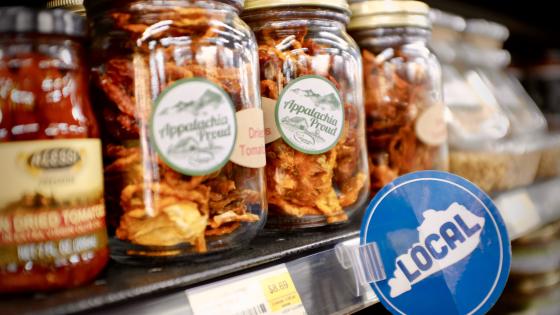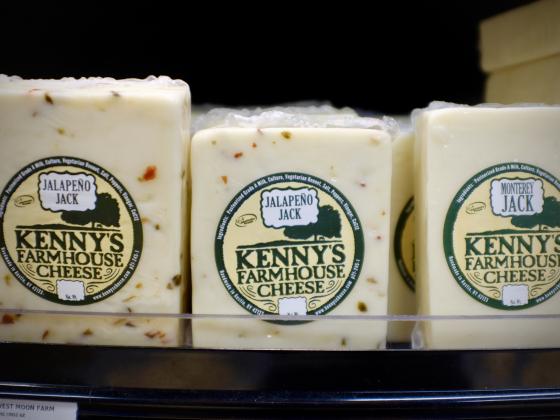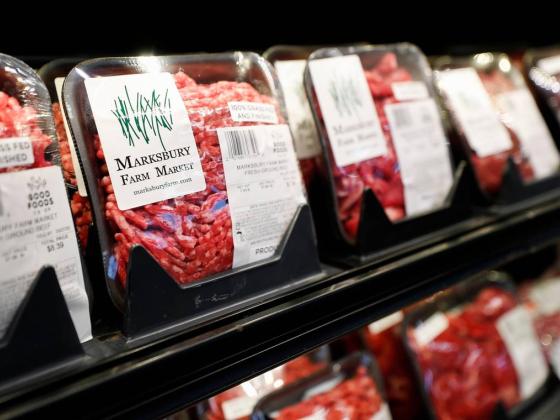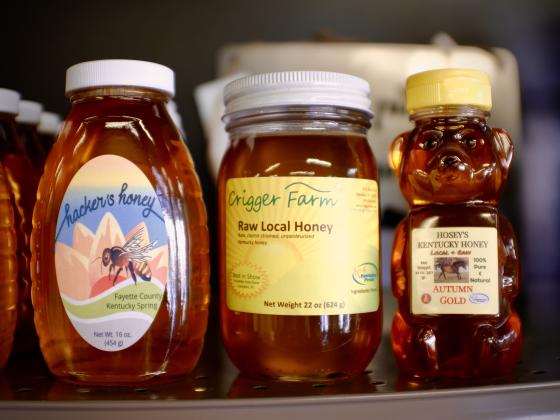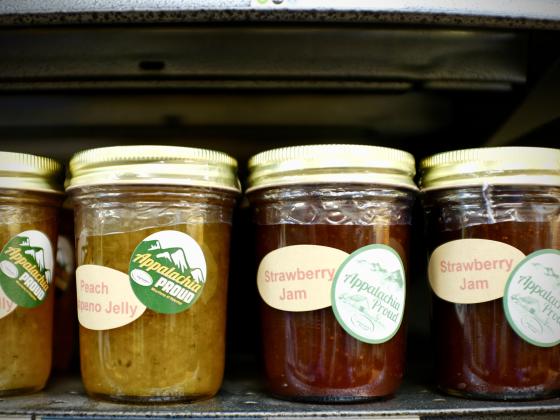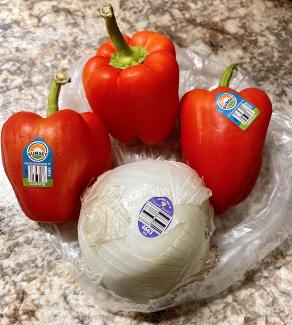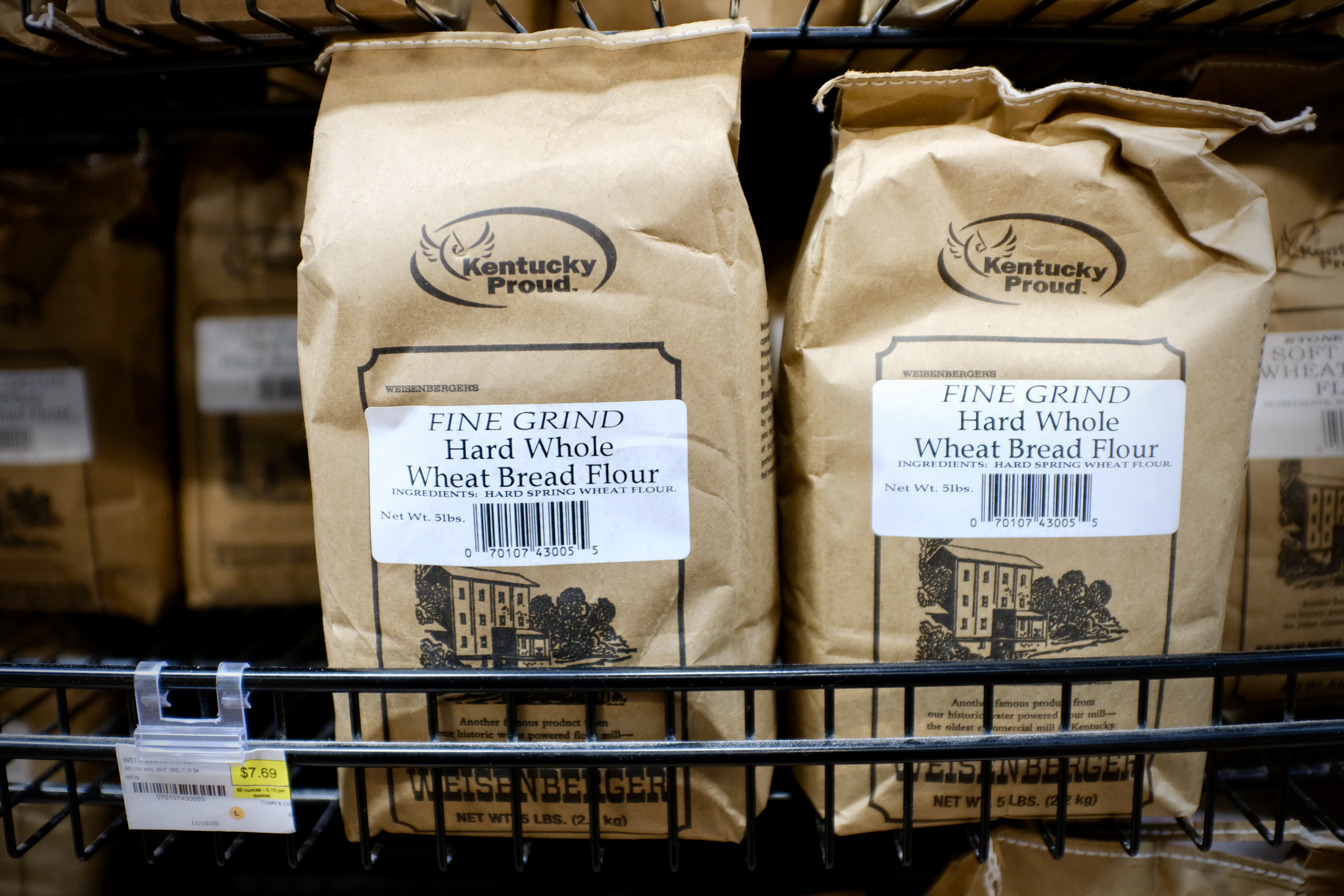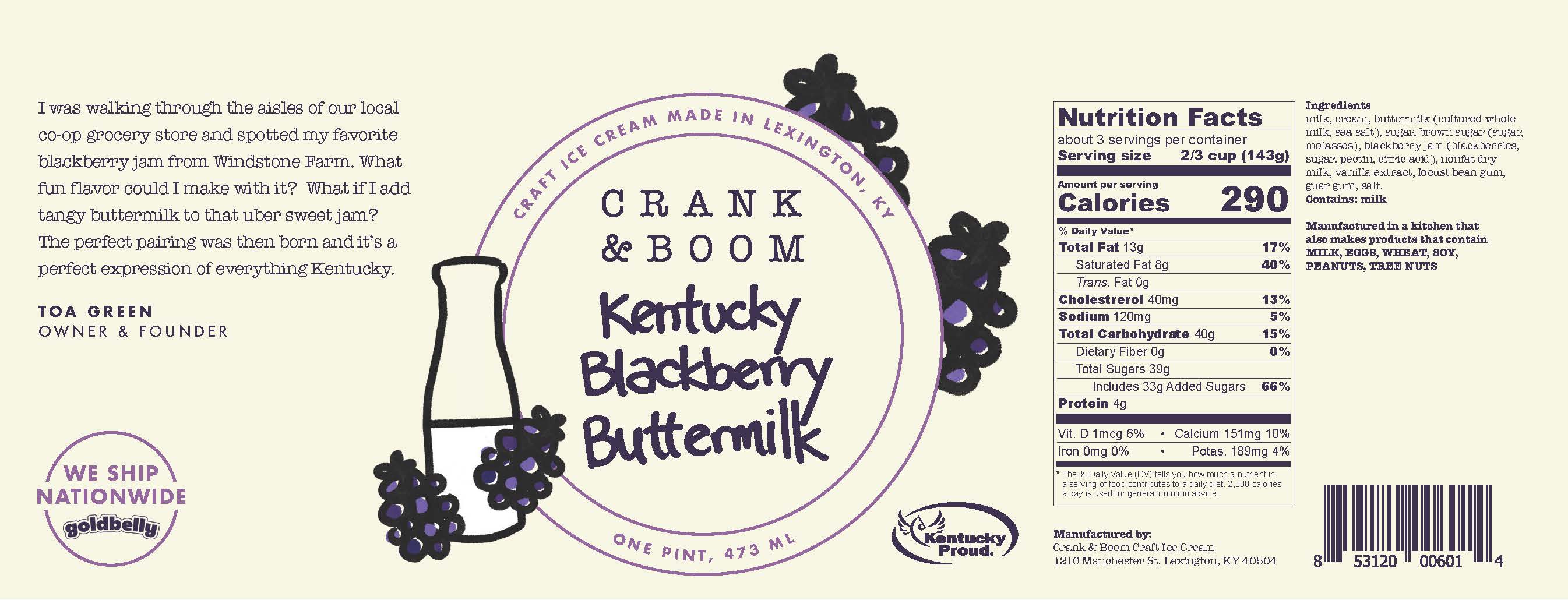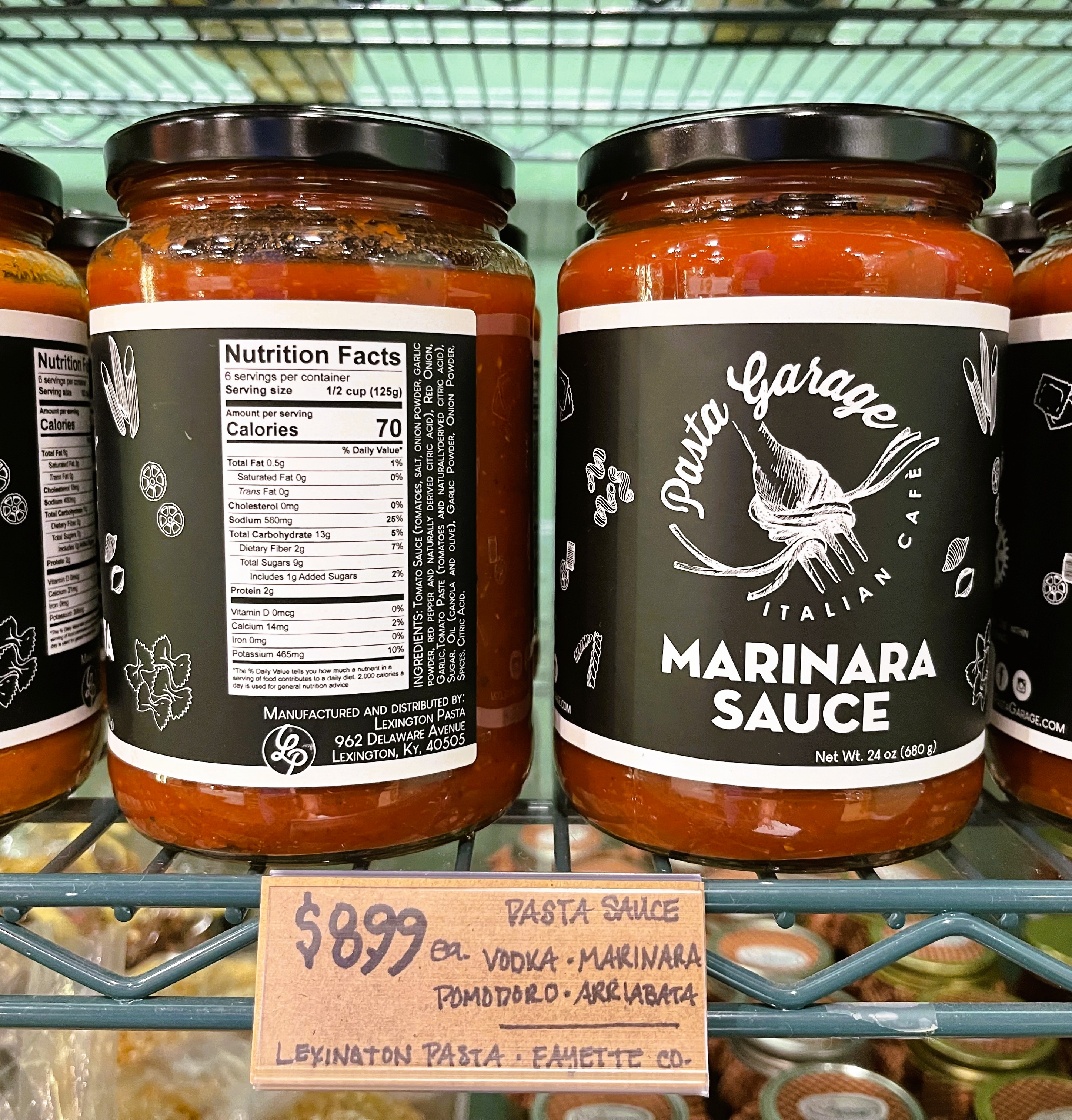Proper packaging is essential in order to allow safe, easy movement and storage of your products. Good packaging will protect the integrity of your products, keep out contaminants, and allow for the holding of proper temperatures. Wholesalers, grocers, and food distributors interviewed stressed the point that industry standard packaging should be used. Poor packaging and presentation is a common mistake made when delivering produce and other farm products to restaurants. This is especially true when selling to higher-end restaurants. Restaurants—especially those in the fine dining sector—appreciate growers going the extra mile to present their product. But chefs also understand that, like in a kitchen, things can happen on the farm too.
Labels and labeling may seem to be a lesser marketing concern for those selling directly to restaurants than for those selling into other channels. After all, don’t your fresh produce and other products often speak for themselves? And don’t chefs know what to do with the product? Experienced farm-to-restaurant marketers say this mindset defeats the marketing purpose a label has when selling to restaurants. Labels can benefit a marketing strategy by enhancing product presentation and connecting your farm’s name/brand with the product. Product labels can include instructions for use and storage. Wholesale buyers put an emphasis on having COOL and UPC or PLU codes as a minimum labeling requirements for food products. Be aware that any item you are interested in selling through a retail checkout must have a PLU [price look-up number] and or a UPC [barcode].
